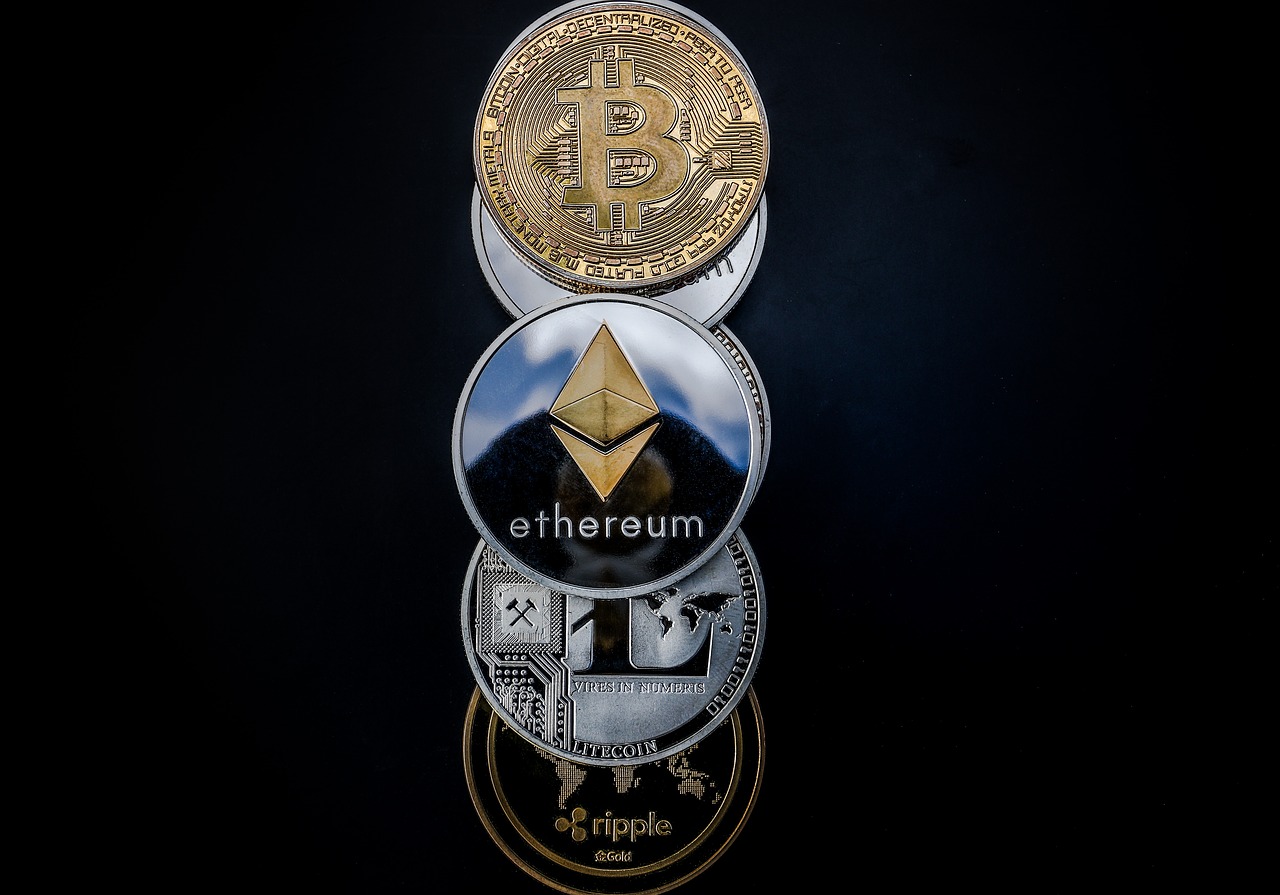Italy’s State-Owned Bank Trials Digital Bonds on Polygon Blockchain
The European Central Bank initiated the trial to explore how blockchains can enhance central bank settlement.

While Bitcoin might be the leading cryptocurrency and the most well-known blockchain-based digital asset, there’s a lot more to the industry than it. Bitcoin launched the industry that has led to some of the most interesting innovations in the financial and technological space. In this, we’re going to look at five of the important cryptocurrencies (that aren’t Bitcoin) and why they’re worth paying attention to.
Before looking at the top-performing and most interesting cryptocurrencies currently on the market, let’s get the definition out the way. At the core of it, a cryptocurrency is an asset that is based on blockchain technology – a digital token that functions by means of cryptographic that allows the creation of the token and enables the transparent, anonymous transactions to take place on the network. Cryptocurrencies are typically designed to be decentralised from any one governing authority. Rather, computers (referred to as nodes) distributed across the world by people on the network are involved in running and operating the network. This decentralised method is the distributed ledger and it means the blockchain is run by consensus.
Right now, there are more than 10,000 cryptocurrencies that have been created and listed. It’s worth noting that there are projects over the past ten years that have failed and disappeared. But there are also ones that have emerged and thrived and have been making waves in the industry. The top tokens are:
The leading altcoin, second only to Bitcoin makes the top of the list for its trading volume – ranked second in the industry – as well as its function. Ethereum is unlike Bitcoin as a cryptocurrency because it is a smart contract token, not a payments token. This means that it serves a purpose beyond offering a way for people to store value and transact with one another. Ethereum is a platform that allows other platforms and applications to build on it. Ethereum’s native token Ether (ETH) is also a store of value, and many invest in it, but its key function is used to power the network.
Currently, Tether is the third performing token in terms of market cap. With a high trading volume, Tether is one of the most popular stablecoins on the market. It has a value pegged at a 1:1 ratio to the US dollar, with collateral locked up in smart contracts to back up the price. The key purpose of Tether, and other stablecoins, is to offer cryptocurrency users a cryptocurrency they can use without the volatility that the rest of the industry often suffers from. This makes it a way to make quick transactions across the world without worrying about any sharp changes in price.
Cardano has a similar function to Ethereum’s, that is, it’s a smart contract blockchain that exists for other decentralised platforms to build on it. The difference between Ethereum and Cardano is in the mechanical protocol that governs the network. As a result, it has been said that Cardano’s network is capable of doing more and offering more, and more affordable features to projects that build on the network.
Solana is also a smart contracts utility token like Ethereum and Cardano. The developers of the blockchain have put a large focus on speed and efficiency on the network, designing it to provide faster transaction times, resulting in lower fees and more flexibility. This means it can handle far more transactions at any given time than Ethereum without suffering from congestion – and a fraction of the cost. The native cryptocurrency SOL is used to pay fees to send transactions and to execute smart contracts.
Another utility token with a smart contract focus, Avalanche puts a focus on offering fast smart contract executions using a protocol similar to Cardano’s. Unlike other cryptocurrencies, which tend to be extremely taxing on power, Avalanche is eco-friendly and has a low cost effect on the environment comparatively.
The European Central Bank initiated the trial to explore how blockchains can enhance central bank settlement.
n recent months, inflation measures, including the Consumer Price Index and Personal Consumption Expenditures Index, have moderated.
BlockFi clients are to note that client communications will exclusively occur through official email channels.
CryptoQuant CEO says Bitcoin is still vulnerable to “speculative FUDs,” giving smart money a way to buy up cheap BTC.